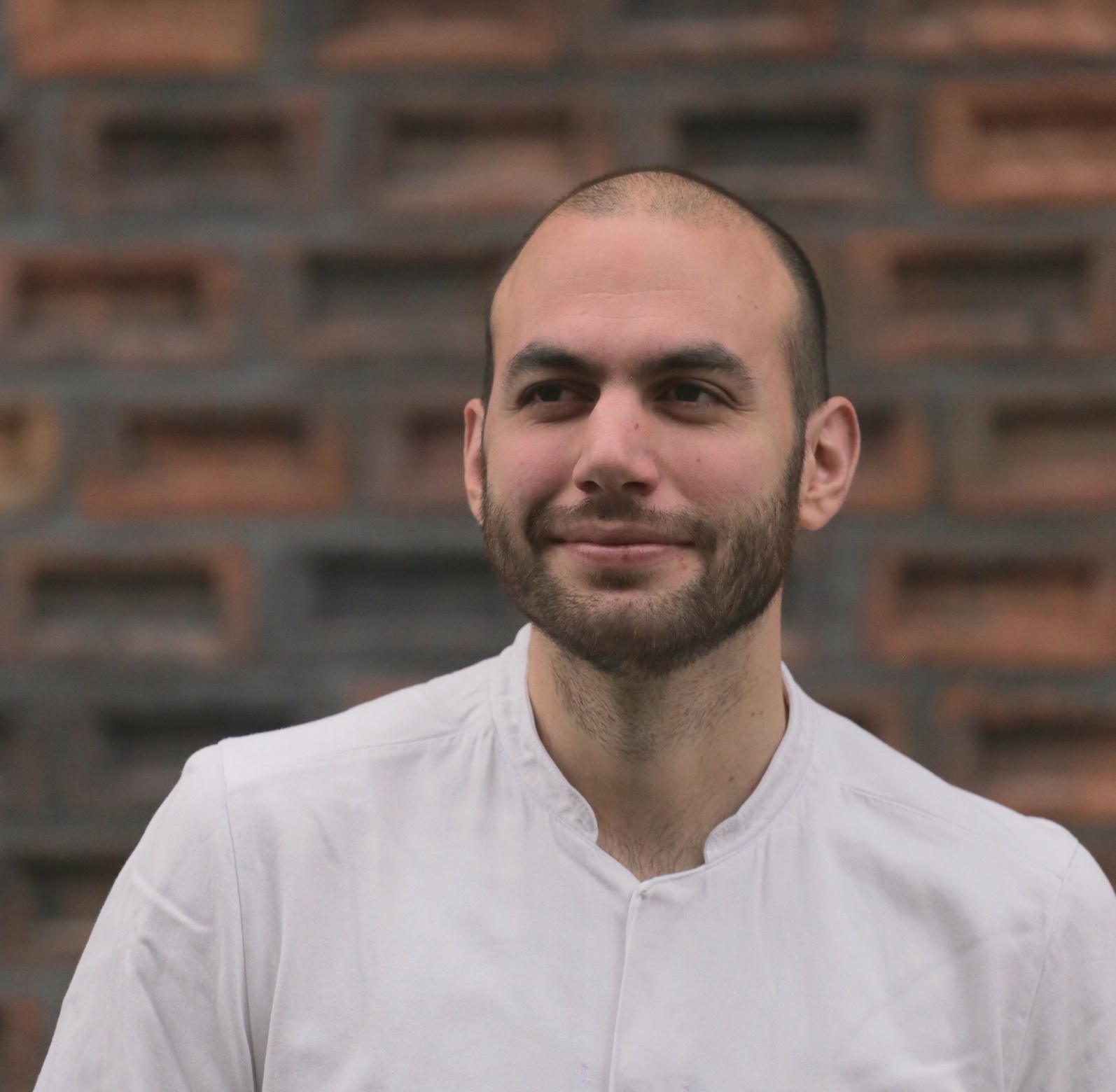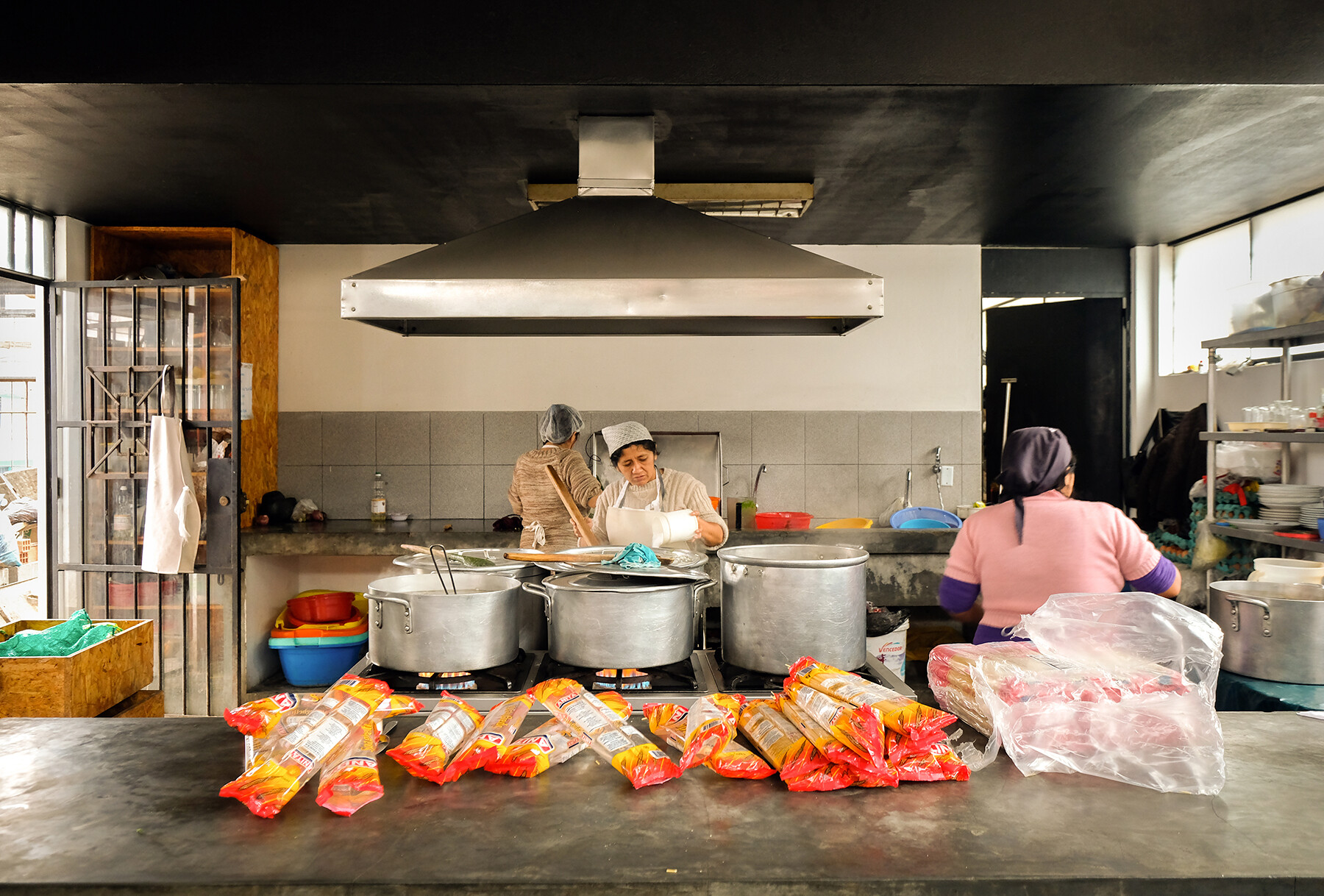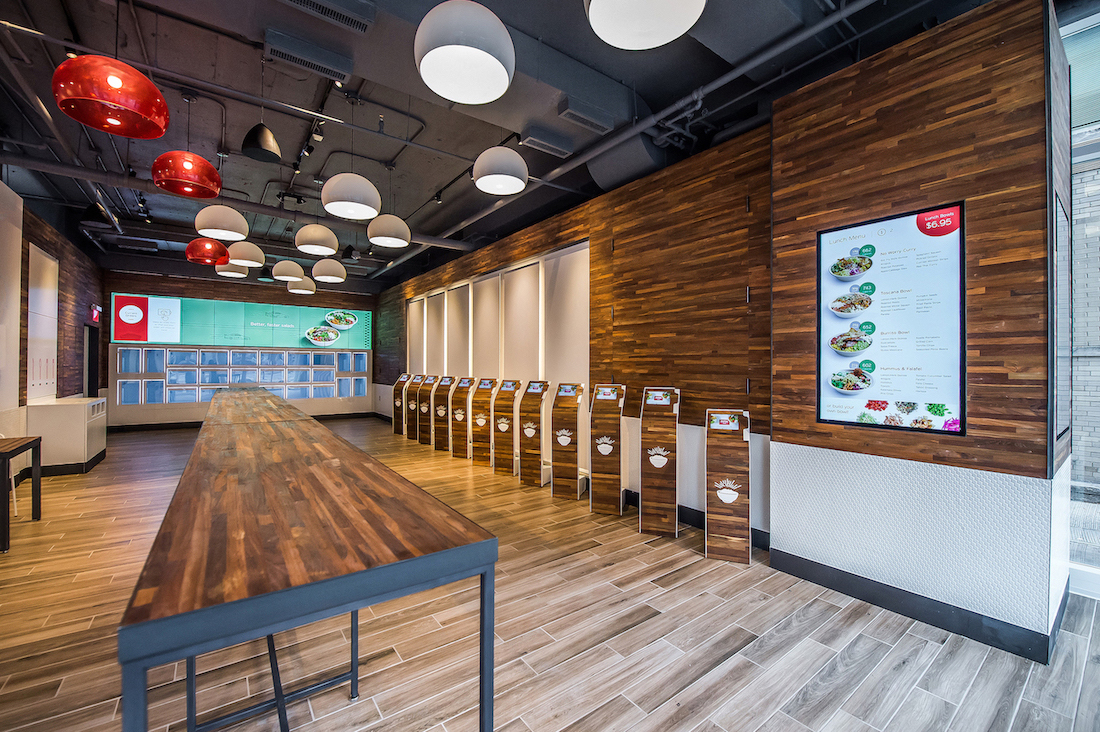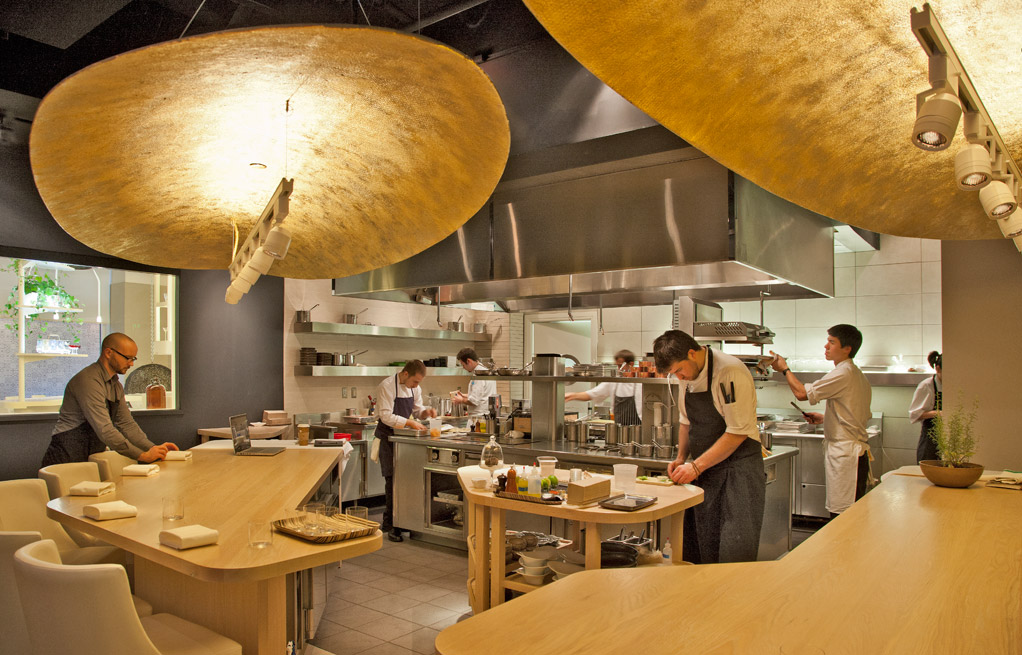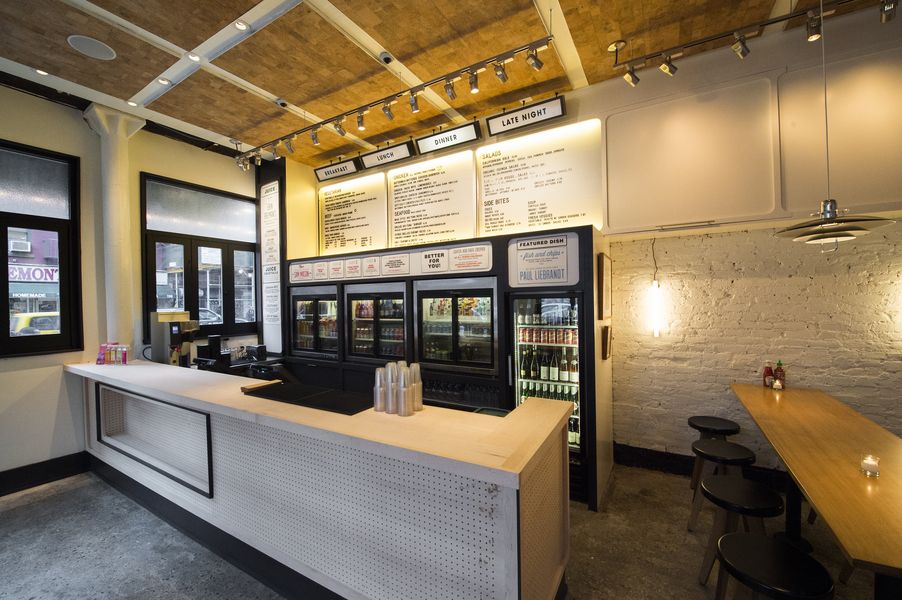Do you want locally-grown, heirloom vegetables with that? If chef Dan Giusti realizes his vision, school children around the United States will pass on the fries and go straight to the salad. The Noma chef de cuisine will leave his post at one of the “World’s Best Restaurants” in Copenhagen to launch Brigaid, a food service company that aims to provide a new model for school food in the United States.
It’s no secret that the American school lunch program is a political and social battleground. With 32 million children participating in the National School Lunch program (that’s about 2/3’s of public school children), the nutritional value and cultural influence of these daily meals cannot be overstated. First Lady Michelle Obama includes school lunch reform as a central tenet in her Let’s Move campaign to end childhood obesity and activist chefs like Jamie Oliver—who launched his Food Foundation in 2002 to tackle the same issue—have long taken up school lunches in their quest to change attitudes towards healthy foods.
Giusti, who joined Noma in 2013, has cooked in celebrated kitchens on both sides of the Atlantic. At 24, he was named executive chef of Washington DC’s 1789 and with his return to the city, he’ll be charting a new course working with governmental organizations, school districts and individuals to apply methodologies learned over years in professional kitchens to rethink the systems for creating and serving school lunch five days a week. “At Noma, we are constantly challenging what we think we can do with the team we have, within the constraints of our kitchen, during the time we have to do it,” Giusti told MOLD. “It’s a simple concept. We are just continuously looking for more efficient ways to do things even better than we did them before. I think this is critical in any kitchen producing any type of food if you are in search of always improving. I plan to take this same approach in the schools.”
Working within the $3.07 budget per meal, the amount the U.S. Department of Agriculture reimburses schools for every free lunch, Giusti has identified two major issues to tackle through Brigaid—staffing chefs full time in school cafeterias and redesigning school kitchens. Although there have been efforts to bring chefs into the fold at public schools, most efforts thus far have been driven by volunteer participants giving a few hours a week. Where Brigaid makes a difference is by integrating professional chefs to help oversee school kitchens in a full-time capacity. Hand-in-hand with this mission is the task of tackling the design of kitchens. Giusti’s approach is to create a model that can be scaled and sustainable. As he differentiates, “The whole idea behind Brigaid is to have chefs cooking in the schools. That of course requires each school to have a kitchen. This idea is easier said than done because of space and more importantly cost. Therefore it will be essential to design a kitchen model that is efficient, durable, cost effective and does not take up too much space.”
Brigaid’s systems approach toward school kitchen design will be one of the first to be spearheaded by a professional chef. On a smaller scale a precedent has been set by one-off projects and studies conducted in schools around the country. The Chicago-based social impact design studio Greater Good, worked on a 2012 project to redesign school cafeterias to promote healthier eating choices amongst children. The CDC’s Preventing Chronic Disease journal published the “Healthy Eating Design Guidelines for School Architecture,” in 2013, the result of a collaborative effort between the University of Virginia and the University of Nebraska to redesign a rural Virginia elementary school. And IDEO worked with San Francisco Unified School District to propose new ways to encourage healthier eating habits amongst K-12 students.
The problems presented by school lunches—cost, politics, personnel and student eating habits—are clearly at the forefront for policy makers and designers. But for all the good ideas, there has not been much momentum for real change. Professional chefs at the helm could be the catalyst for enacting real change that could have a lasting impact on the eating choices of young Americans for the next generation.
